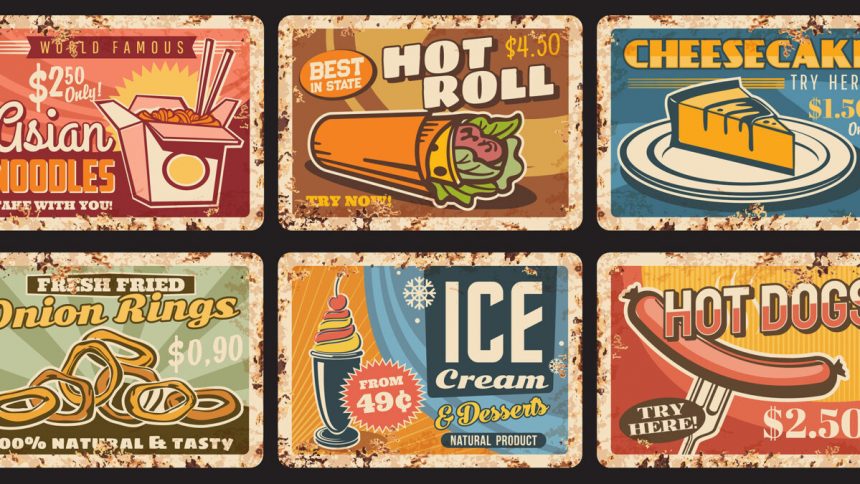Since around 1980, the food marketing industry has experienced an unprecedented surge in power, scope, and sophistication, coinciding with the rapid rise of the obesity epidemic. In the 1970s, government subsidies shifted to incentivize the production of unhealthy foods, flooding the market with extra calories. This trend was exacerbated by Jack Welch’s 1981 speech, which triggered a shift in corporate priorities towards maximizing short-term profits to appease investors. Food companies faced pressure to sell more, regardless of the health consequences.
Due to the demands for rapid growth in an oversaturated market, the food industry turned to aggressive marketing tactics, spending billions on advertising and other promotional methods. Supermarkets were even paid slotting fees to prioritize shelf space for lucrative products. Checkout aisles were strategically filled with sugary snacks and beverages, driving profits at the expense of public health.
Children became major targets of food marketing, bombarded with thousands of TV ads annually, influencing their dietary choices. The industry’s tactics have evolved to be highly sophisticated, employing psychological strategies to manipulate consumer behavior. The expansion of food marketing has paralleled the surge in food consumption, with marketing innovations playing a significant role in the obesity epidemic.
Despite common beliefs that marketing does not sway personal choices, research suggests otherwise. The influence of food advertisements on obesity is profound, challenging the notion that individuals are immune to marketing tactics. For more insights on the impact of marketing and food advertisements on the obesity epidemic, explore our recommended videos and articles.
Stay informed by following our 11-video series on critical issues related to marketing and public health. If you missed any previous videos, check out the related posts below.





